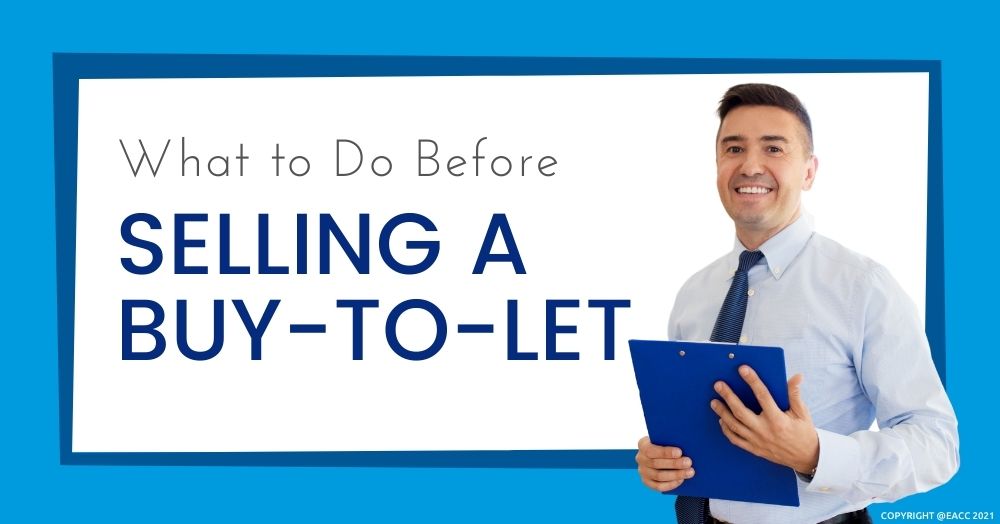How to Downsize Your Property Portfolio in SE18/SE28
In this two-minute read, we look at the implications of selling a buy-to-let property.
If you’re a landlord looking to downsize your property portfolio, you may be thinking about selling one or more of your buy-to-let properties. This process isn’t always as straightforward as a regular property sale, so we’ve pulled together some FAQs to think about.
Who should I sell my property to?
To sell to another landlord, keep it simple. Make sure the property is clean, clutter-free, and liveable – just as you would before renting it out yourself. This helps the buyer see its rental value and that it can be occupied quickly.
Increase your market by selling to potential residents. Again, make sure the property is clean and clutter-free, but make it feel more homely rather than just an investment opportunity.
In both cases, take care of any repairs prior to selling and get it deep cleaned before viewings begin.
What if my buy-to-let is tenanted?
In most cases, it’s easier to sell a vacant buy-to-let. However, if you do plan to sell while your tenants are in contract, you’re limiting your market to other landlords.
Be warned, selling while tenanted will mean more admin. You’ll need to provide the tenancy agreement, gas safety certificates, and other associated rental documents. You’ll also need to arrange for the tenancy deposit to be transferred to the new landlord.
Avoid the hassle of extra paperwork and plan your buy-to-let sale towards the end of a tenant’s contract. Provide a Section 21 notice to your tenants. This gives them two months to find a new home and makes your sale easier.
What are the tax implications of selling a buy-to-let?
Buy-to-let properties are subject to capital gains tax (every landlord’s least favourite few words!). Your tax bill is calculated by looking at how much the value of the property has increased since you’ve owned it. So, if you bought a rental for £100,000 and it’s now worth £150,000, you’ll be liable for CGT on the £50,000 (less allowable expenses).
Make sure you speak to an accountant to understand what expenses can be offset and your personal tax rate.
What about my mortgage?
If you took out a long-term fixed rate buy-to-let mortgage, you may need to prepare for a hefty early repayment charge once the property sells.
Speak to us at Hi Residential if you’re thinking about selling a buy-to-let.





